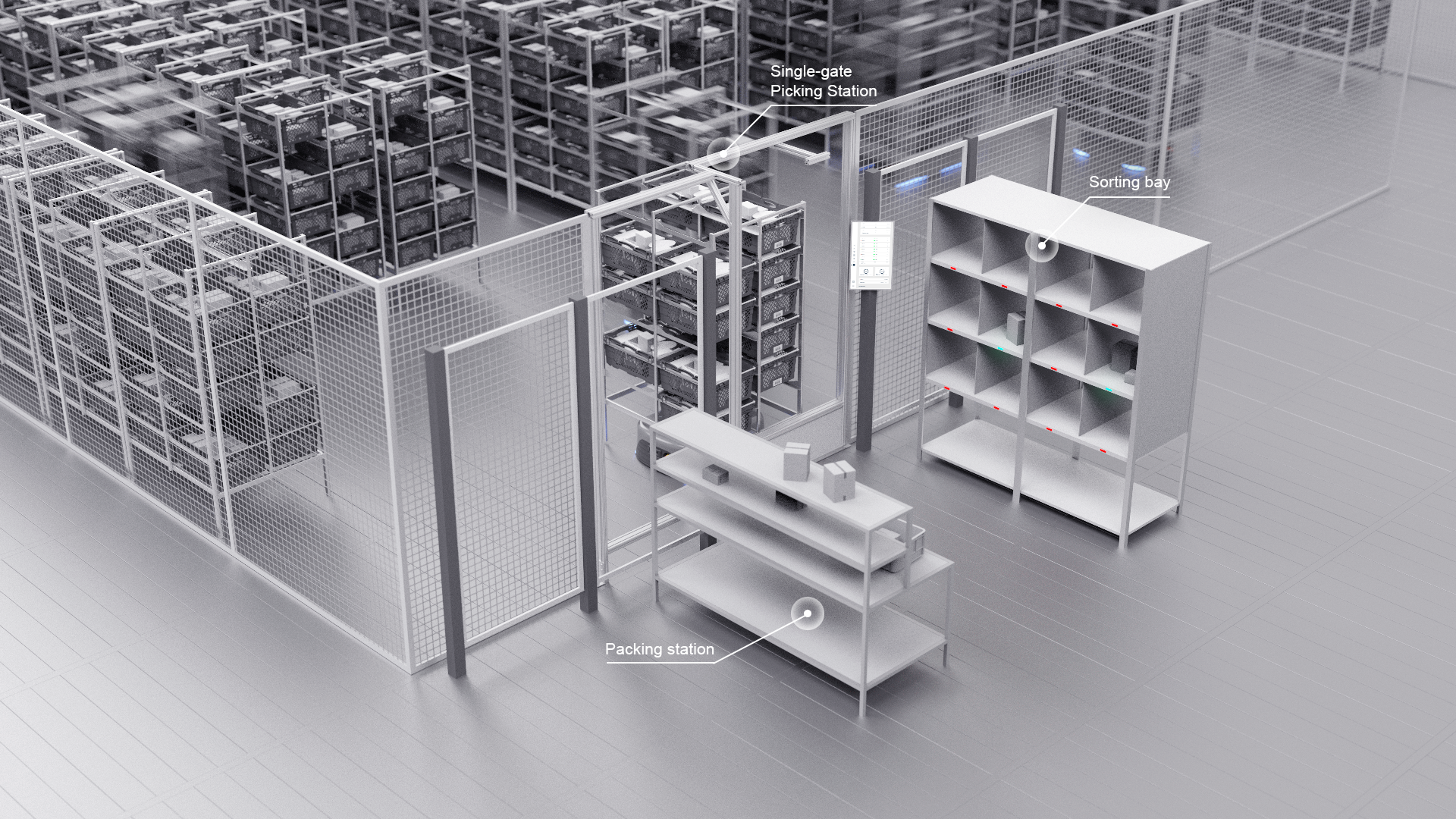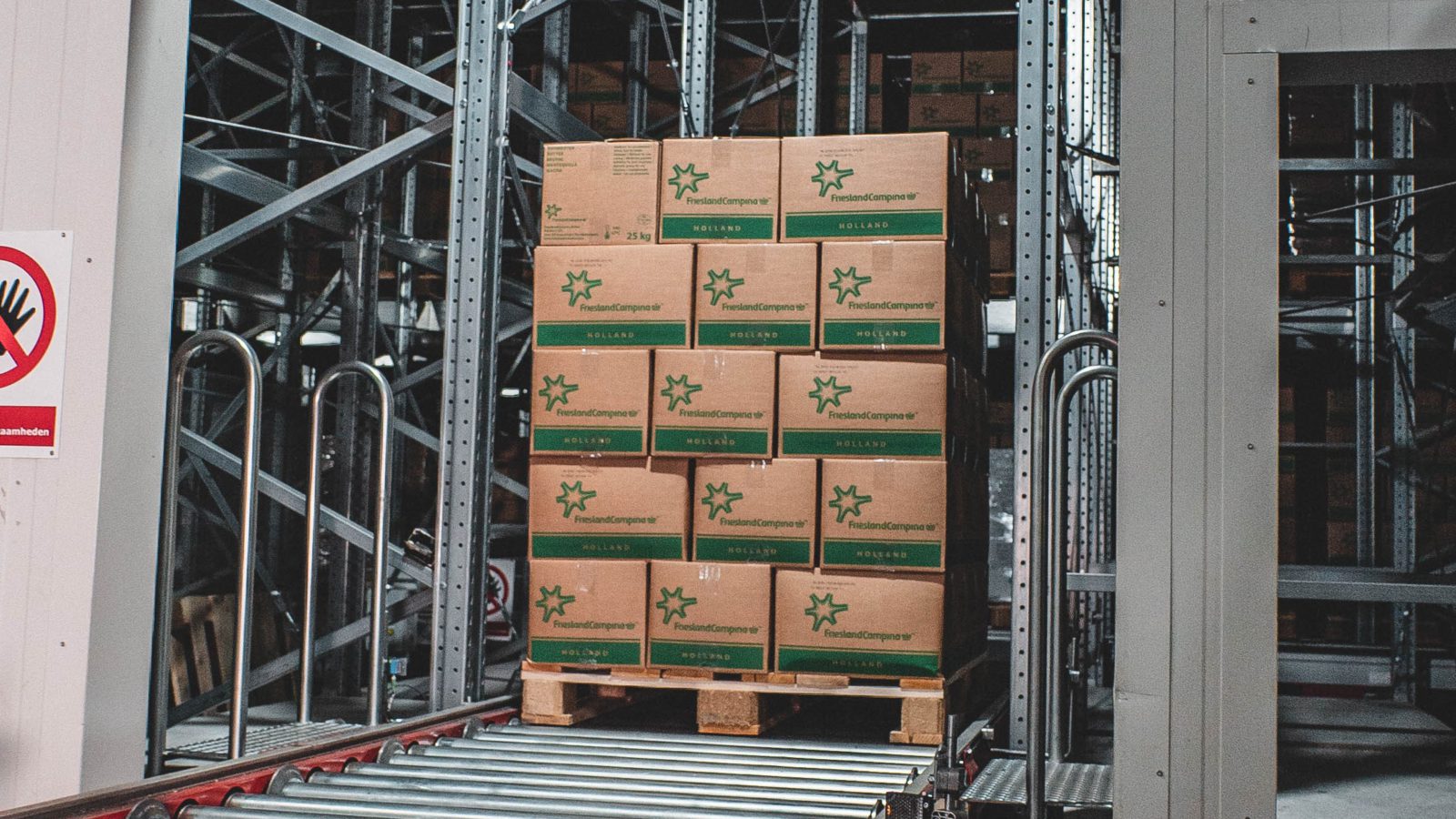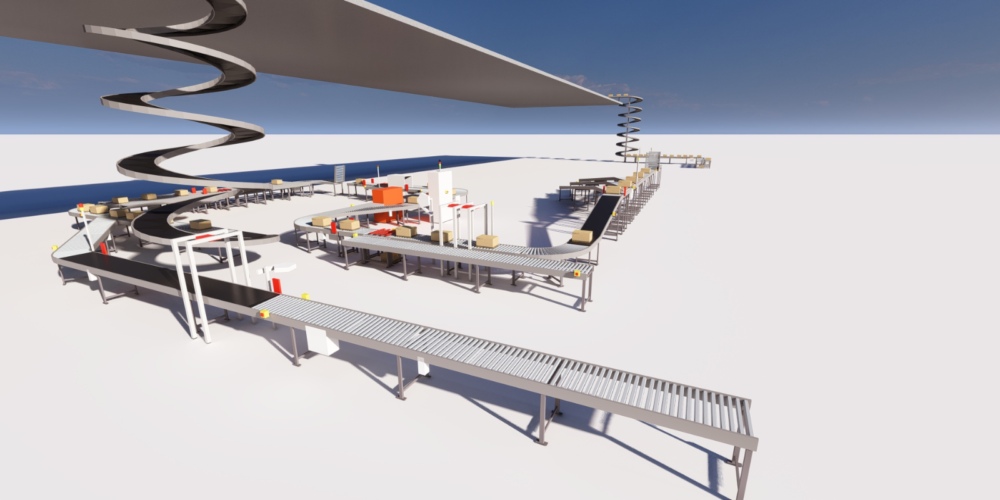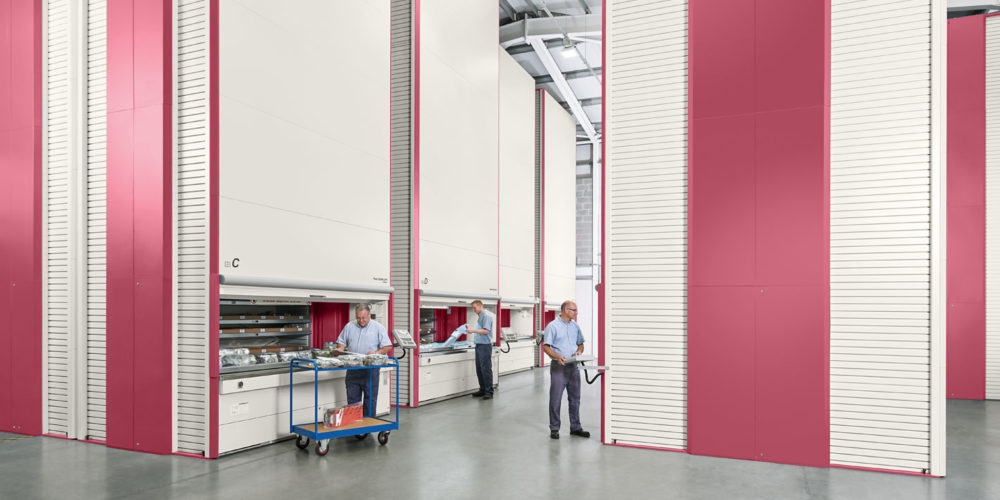Knowledge update
Reverse logistis.
Reverse logistics, ‘boxification’ and processing the returns
Learn more about a Warehouse Management System?
Reverse logistics offers plenty of opportunities.
You will not have missed it. Recently, we could read in the media that several advisory bodies (such as the Board of Government Advisors) warned the government about the ‘boxification’ of the Netherlands. It appears that in the past five years the number of distribution centers in the Netherlands has increased by 25 to 43 percent. “The huge and usually colorless halls are usually large warehouses where packages are prepared for transport”; such was the description of this horrible phenomenon.
It is not for nothing that the word ‘the Netherlands’ is linked to ‘Distribution country’. This position is good for employment, for every level of education, and gives us a competitive advantage. It is now true that several consultants are already concerned about the shortage, both spatially and on the labor market. The adoption of mechanized or automated systems not only saves workplaces, but also generates new ones. IT specialists, maintenance engineers, managers and even photographers/designers for the webshop. That is what The Netherlands, Distribution country stated several years ago.
Returns.
We would like to link the term ‘boxification’ to another phenomenon; the returns. Ordering online is now almost more normal than visiting a physical store and for many product categories (holidays, books, clothing) the online part takes up a significant share.
However, the large flow of orders also created an opposing flow; that of returns. Boxes to the consumer (emergence D2C channel or Direct-to-Consumer) and many boxes back to the distribution center. The Netherlands is once again leading the way here. A recent survey by carrier DPD shows that Dutch consumers return their purchases more often than other European shoppers. With an average return rate of thirteen percent, the Netherlands is the European leader in the return of items.
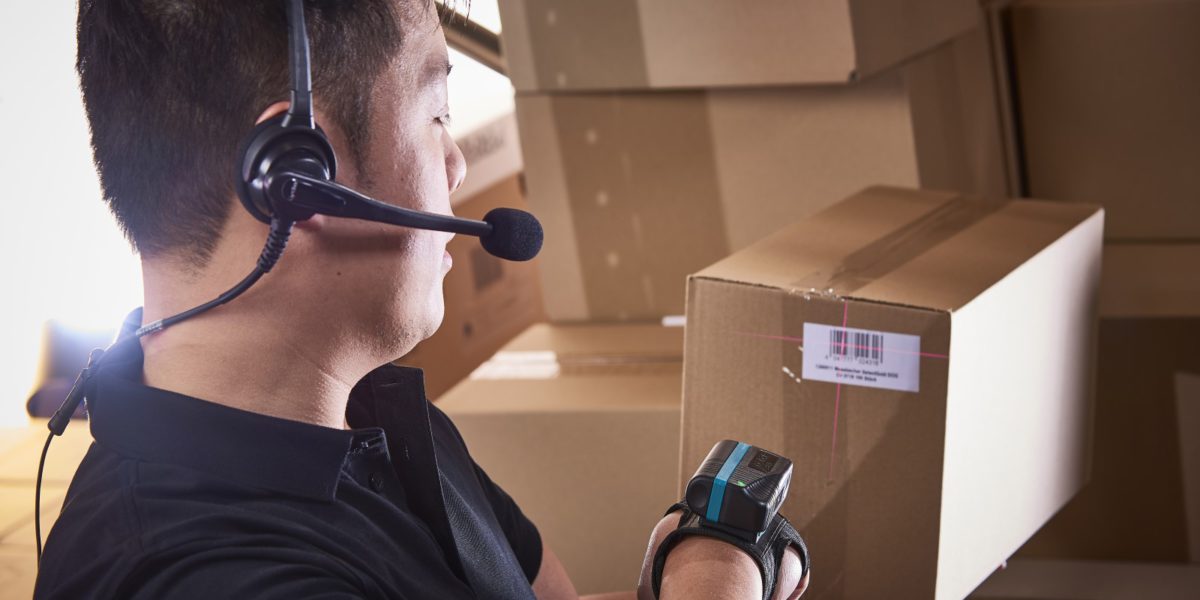
Reverse logistics has long since ceased to be seen as a cost item by the logistics manager. Nevertheless, many companies can use this flow of goods to improve their processes and customer satisfaction. We give 3 examples:
1. Ensure good communication with the customer.
This first point is essential for developing trust and brand loyalty. Customers can track an order from the moment the order is placed, picked, packed, shipped, routed through various hubs and finally delivered to their door. But… they actually expect it for the reverse flow of goods too!
This starts with the confirmation of receipt of the package and, most importantly, the confirmation of the crediting of their account. Customers want recognition and confirmation and these are things that should be included in a good return policy.
2. Provide more ECO-friendliness in the returns
In your processes, see which used products, components and materials that have been used can be given a new life. Consider shipping packaging that is also suitable for reuse as return packaging. Boxes with a so-called ‘easy open function’, such as a perforated tear edge, are less likely to be damaged during opening, making them easy to reuse as return packaging. More sustainable packaging is often also reused by the consumer or help the consumer to return used products. For example, BoldKing, a supplier of razor blades and supplies, offers a special envelope for returning used blades. These are then also recycled. This will undoubtedly contribute positively to the image of this supplier of so-called ‘low-interest goods’.
After all, a good return policy is incomplete without a good return prevention strategy. Saving your measurements and preferences to make sure your clothes fit properly next time is a great example.
3. Use an efficient Warehouse Management System to process returns.
Returns take up time and resources, which is why it is important to organize this process as efficiently as possible, so that a return can be handled quickly and correctly. For example, after scanning the received goods, a WMS automatically assigns a location and the stock (and the webshop!) is updated in real time. Another example is to send a return form with a unique number during the packing process. That number speeds up the processing of the returns. For example, there are still many small steps with which a large flow can be processed quickly.
Of course, a WMS does not stand alone, but must be part of a (physical and digital) materials handling system for returns. And don’t forget the aforementioned interaction with the customer!
COSTO Intralogistics expertise in practice.
Get inspired by one of our other projects!
Service and Support
Subscribe to our newsletter.
"*" indicates required fields
